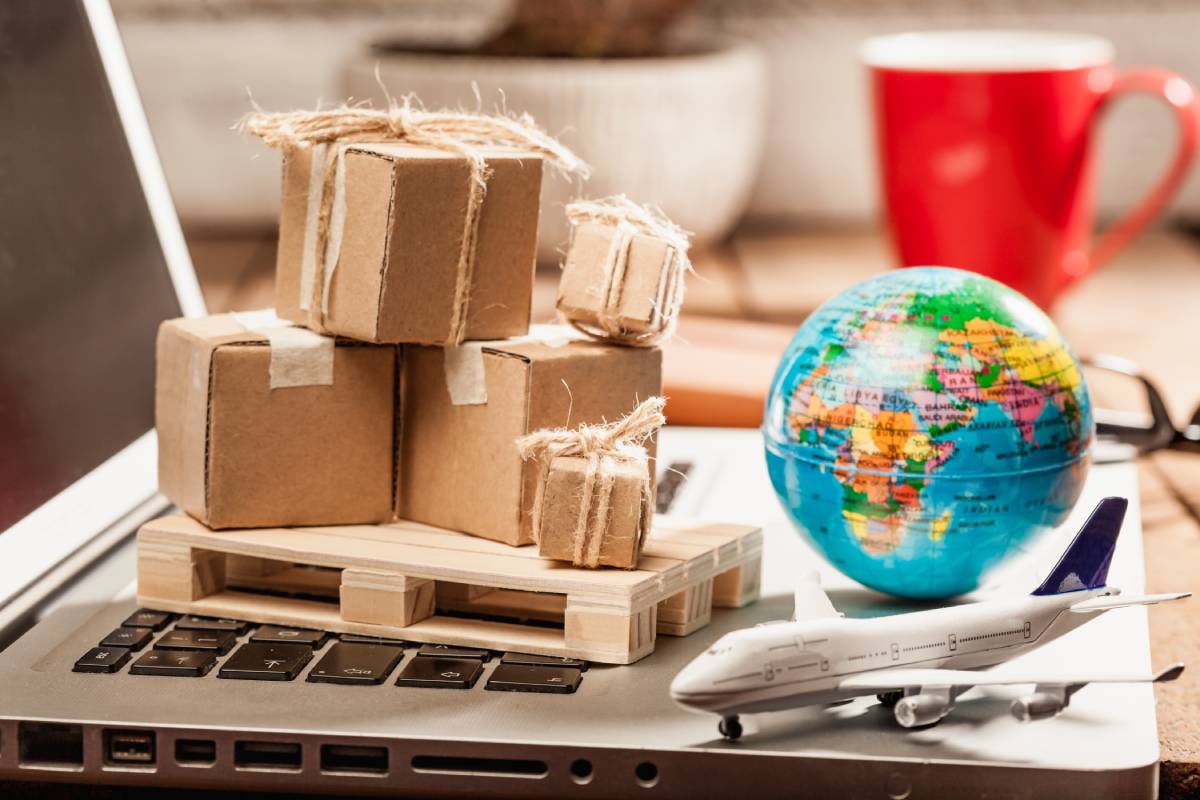Global Reach with Local Support
We recognise that international shipping can be a complex process. Let us assist you in navigating it, ensuring a seamless and enjoyable experience.

In the complex world of international shipping, precision and safety are paramount. While modern technology like GPS and satellite communication plays a crucial role, the fundamental principles of maritime navigation still rely heavily on a system of visual and electronic markers known as Aids to Navigation (AtoN). These artificial objects, strategically placed to supplement natural landmarks, are indispensable for indicating safe and unsafe waters, guiding vessels, and preventing groundings or collisions. For businesses entrusting their cargo to the high seas, understanding AtoN provides valuable insight into the meticulous planning and safety protocols that underpin every successful voyage.
At Ocean Cargo, we recognise that a smooth journey for your goods begins long before they reach the port. It involves a comprehensive understanding of the maritime environment, including the critical role of AtoN. Our expertise ensures that your shipments navigate these waters with the utmost safety and efficiency, leveraging both traditional navigational wisdom and cutting-edge technology.
Aids to Navigation serve several vital functions, all geared towards enhancing maritime safety and efficiency:
Without a robust system of AtoN, the risks associated with sea travel would skyrocket, leading to increased accidents, delays, and significant financial losses for businesses. This is why organisations like the International Association of Lighthouse Authorities (IALA) work tirelessly to standardise and improve AtoN systems globally, ensuring a consistent and reliable framework for maritime safety.
AtoN encompass a wide array of devices, each designed for specific navigational purposes. They can be broadly categorised into visual, audible, and electronic aids.
These are the most common and recognisable forms of AtoN, relying on sight to convey information.
These aids provide information through sound, particularly useful in conditions of poor visibility such as fog.
Modern shipping relies heavily on electronic systems that provide highly accurate positional data and navigational information.
Ocean Cargo's commitment to safe and efficient sea freight services means we stay abreast of all technological advancements in navigation, ensuring that the vessels carrying your goods are equipped with the best tools and expertise available.
To ensure consistency and reduce confusion for mariners worldwide, the International Association of Lighthouse Authorities (IALA) developed a standardised buoyage system. This system divides the world into two regions: Region A and Region B.
Both regions use the same shapes and light characteristics for other types of buoys, such as cardinal marks (indicating the safest water in relation to a hazard), isolated danger marks, safe water marks, and special marks. This global standardisation is crucial for the safe passage of vessels, especially those engaged in international trade, like the ships carrying your sea freight to the USA or Australia.
While AtoN are primarily for the mariners on board, Ocean Cargo's role as a leading UK freight forwarder involves a deep understanding of the entire shipping ecosystem. Our expertise in global logistics means we:
Whether you're shipping excavators to the UAE or wind turbine components to Canada, Ocean Cargo's commitment to precision and safety ensures your valuable goods are guided through the world's waterways with expert care.
The primary purpose of Aids to Navigation (AtoN) is to assist mariners in determining their position, plotting a safe course, and warning them of dangers or obstructions. They help delineate safe channels and guide vessels through complex waterways, enhancing overall maritime safety and efficiency.
No, Aids to Navigation are not only visual. While visual aids like lighthouses, buoys, and beacons are common, AtoN also include audible aids (e.g., foghorns) for poor visibility conditions and electronic aids (e.g., RACONs, DGPS, AIS) that provide highly accurate positional and navigational data.
The IALA (International Association of Lighthouse Authorities) Buoyage System is a standardised global system for maritime buoyage. It divides the world into two regions (A and B) to ensure consistency in the meaning of buoy colours, shapes, and light characteristics, thereby reducing confusion for mariners navigating international waters.
Electronic Aids to Navigation leverage modern technology to provide highly accurate, real-time data. Unlike traditional visual or audible aids, which rely on direct observation, electronic aids like GPS, AIS, and RACONs transmit and receive signals, offering precise positioning, identification of vessels and aids, and integration with digital charting systems, especially beneficial in adverse weather or at long ranges.
We recognise that international shipping can be a complex process. Let us assist you in navigating it, ensuring a seamless and enjoyable experience.